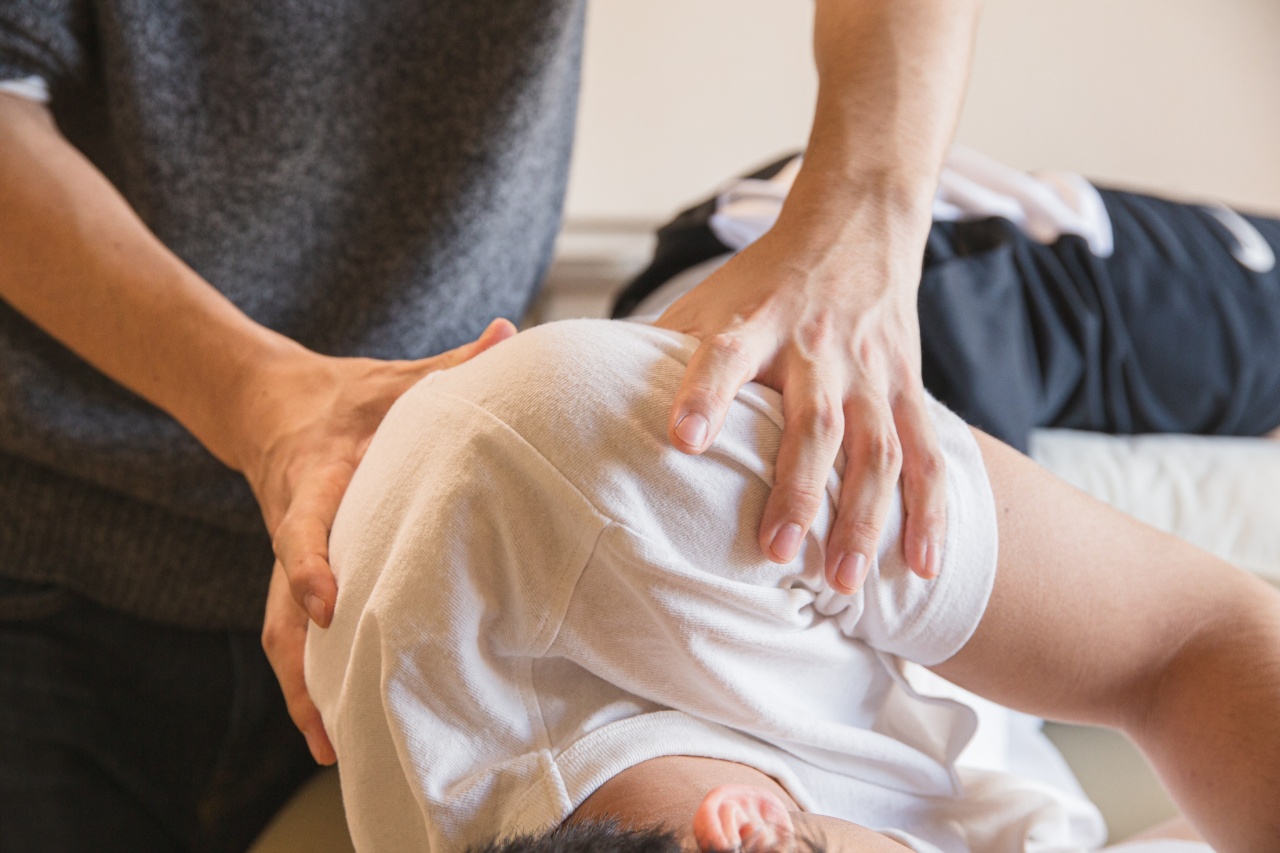Joint pain is one of the most common complaints among adults. Although it can be caused by various conditions such as arthritis, injury, or overuse, joint pain is often associated with aging.
As a result, many myths and misconceptions have arisen about joint pain and how to relieve it. In this article, we will explore some of the most common myths and separate them from the facts.
Myth #1: Exercise makes joint pain worse
One of the biggest myths about joint pain is that exercise makes it worse. Many people with joint pain avoid physical activity out of fear that it will cause further damage.
However, exercise can actually help relieve joint pain by strengthening the muscles around the affected joint, which provides added support and reduces stress on the joint. Low-impact exercises such as swimming, cycling, and yoga are particularly beneficial for joint pain relief.
Myth #2: Only older people get joint pain
While it is true that joint pain becomes more common as we age, it is not exclusively an aging-related condition. Joint pain can affect people of any age, including children and young adults.
Causes of joint pain in younger individuals may include injury, overuse, or autoimmune diseases like rheumatoid arthritis.
Myth #3: Joint pain can be cured with supplements
There is no magic pill or supplement that can cure joint pain. While certain supplements like glucosamine and chondroitin may provide some relief for joint pain and stiffness, they are not a cure.
Joint pain relief requires a combination of treatments such as exercise, weight management, and medication if necessary.
Myth #4: Joint pain is always a sign of arthritis
While arthritis is a common cause of joint pain, it is not the only cause. Joint pain can also be caused by injury, overuse, or other medical conditions.
It is important to receive a proper diagnosis from a healthcare professional to determine the underlying cause of joint pain, as treatment options may differ depending on the cause.
Myth #5: Rest is the best treatment for joint pain
While rest is an important component of any treatment plan for joint pain, it is not always the best option. In fact, prolonged rest can actually cause muscle weakness and stiffness, which can make joint pain worse.
It is important to find a balance between rest and physical activity that works for each individual. A healthcare professional can help develop a personalized treatment plan that includes the appropriate amount of rest and physical activity.
Myth #6: Weight loss won’t make a difference in joint pain
Carrying excess weight puts extra stress on the joints, particularly in the knees, hips, and spine. Losing weight can significantly reduce joint pain and improve mobility.
According to the Arthritis Foundation, for every pound lost, there is a four-pound reduction in the load exerted on the knee joint. Weight loss can also improve sleep quality and overall quality of life.
Myth #7: Surgery is the only option for severe joint pain
While surgery may be necessary for severe joint pain caused by conditions like osteoarthritis, it is not always the first line of treatment.
Non-surgical options such as medication, physical therapy, and lifestyle changes can often provide significant relief for joint pain. A healthcare professional can help determine the most appropriate treatment plan based on the underlying cause of joint pain.
Myth #8: Joint pain is a normal part of aging
While joint pain may become more common as we age, it is not a normal part of aging. Joint pain may be a sign of underlying conditions such as arthritis, injury, or overuse.
It is important to receive a proper diagnosis and treatment plan to manage joint pain as we age, rather than simply accepting it as a normal part of the aging process.
Myth #9: Cold weather worsens joint pain
While some people with joint pain report that cold weather worsens their symptoms, research has not found a definitive link between cold weather and joint pain.
In fact, some studies have found that warm weather can worsen joint pain for some individuals. It is important to listen to your body and determine what factors may exacerbate your joint pain, but do not assume that cold weather is always the cause.
Myth #10: Joint pain is always permanent
While some forms of joint pain may be chronic and require ongoing management, others may be temporary and can be resolved with proper treatment.
It is important to receive a proper diagnosis and treatment plan from a healthcare professional to determine the best course of action for managing joint pain.
Conclusion
Joint pain is a common complaint that can be caused by a variety of factors. However, many myths and misconceptions have arisen about joint pain and how to relieve it.
By separating fact from fiction, individuals with joint pain can develop a personalized treatment plan that addresses the underlying cause of their symptoms and provides the best chance for relief.





























